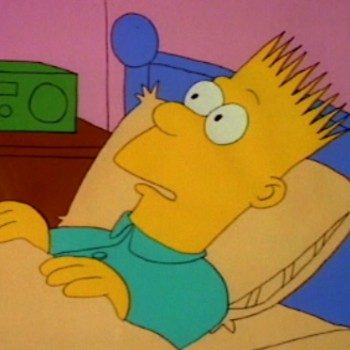How do you solve the inequality #-5q+9>24#?
3 Answers
See a solution process below:
Explanation:
First, subtract
Next, divide each side of the inequality by
Explanation:
Solving an inequality is almost exactly like solving an equality, and for the most part you can treat it as such while solving it, except for one additional rule: whenever you multiply or divide both sides of an inequality by a negative number, you must flip the inequality sign. For example,
The reason this rule arises is because of how the number line works. Observe that on the standard number line, numbers go smallest (
Now we solve your inequality:
First we subtract
Now we divide both sides by
Explanation:
#"isolate "-5q" by subtracting 9 from both sides"#
#rArr-5q> 24-9#
#rArr-5q> 15#
#"divide both sides by "-5#
#color(blue)"remember to reverse the sign as a consequence"#
#rArrq< -3#


